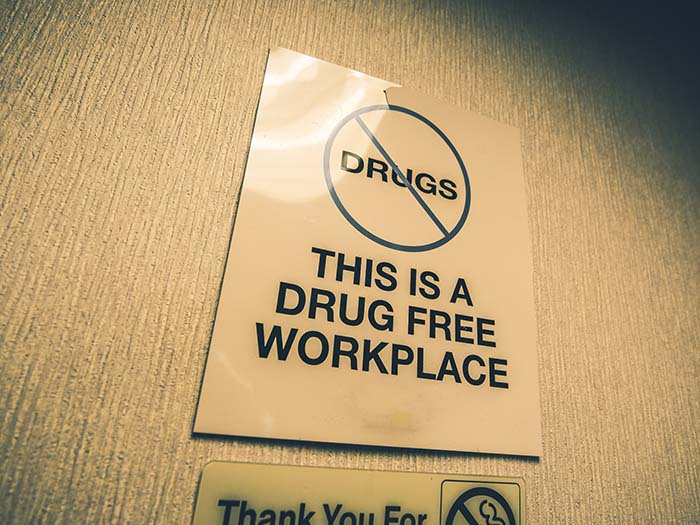Risk Insider: Grace Crickette
The Art of War and ERM – Energy
This is the fifth chapter in Grace Crickette’s series of posts focused on how to gracefully bring together traditional risk management, change management techniques and enterprise risk management concepts by using phrases and tactics to develop strategies devised by Sun Tzu, a Chinese military general, strategist and philosopher.
Make ERM Not War
V. Art of War Key Principal: Opportunistic Flexibility In Adapting Strategies And Tactics To Situation
The way to capitalize on the endless opportunities created by ever-changing conditions is to become engaged as a part of a well thought-out plan and be flexible in adapting tactics to those ever-changing conditions within the context of each pre-determined strategy.
Chapter V focuses on to the creative or energy mode, wherein the greatest amount of preparation and ongoing effort takes place in implementing enterprise risk management.
We can often interpret changes as obstacles, but Sun Tzu teaches us that change is opportunity if we are prepared to adapt.
The true ERM warrior understands that because risk is inherent in change, this is prime time to engage. But how can you have a well thought out plan and still be able to change your tactics?
Too often, we have seen “well thought out” presentations dismissed, but it could be that such an approach can be overwhelming for the audience and be perceived as budget building, empire building, too much additional effort … too, too much.
One tactic is to lay out steps, rather than prepare a full plan document.
The plan should read like a menu and be served up in small portions. By the time you have served dish four or five, you will have an ERM program in place and guests will be asking for more. This approach forces you to be creative and nimble.
PAUSE BUTTON: Even with top leadership support, however, failures can occur.
Use the menu below, which has common elements of an ERM program, to create your own menu components that you can deliver at the right time, to the right people.
- Understand the organization
- Perform a gap analysis
- Integrate existing activities under the umbrella of ERM
- Form multidisciplinary groups focused on ERM and specific initiatives
- Clearly provide a vision and specific outcomes
- Communicate early and often
- Provide training and forums
- Align rewards with desired behavior
- Leverage actuarial services
- Measure, monitor and report out – KPIs, ROIs, and “stories”
- Create a risk inventory
- Refine the inventory to a registry
- Adopt a maturity model to measure progress
- Develop risk appetite and tolerance statements
- Leverage technology to support program
- Seek board adoption of a formal ERM program
- Continuous improvement …
In the coming segments of Grace in the Workplace, I will give you examples of each of these elements.
Key Takeaway: Implementing ERM takes energy and creativity, and you will have the greatest success if you have a plan that is nimble and delivered in stages and in some cases has components that may not be delivered at all. The staging of implementation is critical even if you have top leadership support, because negative feedback from the ranks can still lead to defeat.
Remember — it’s not Risk Management, it’s Change Management!
Read all of Grace Crickette’s Risk Insider articles.











